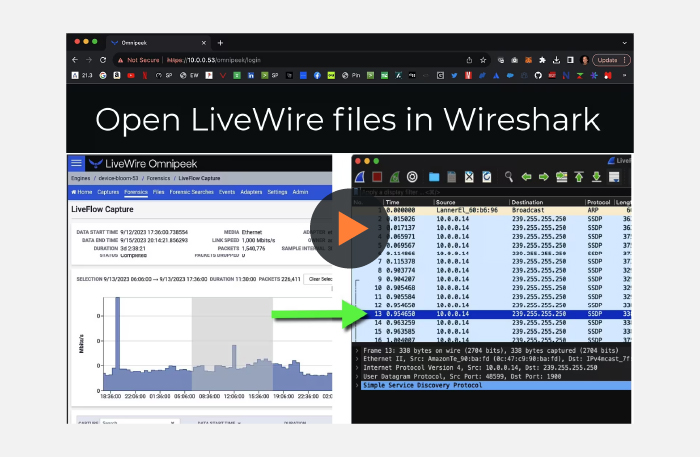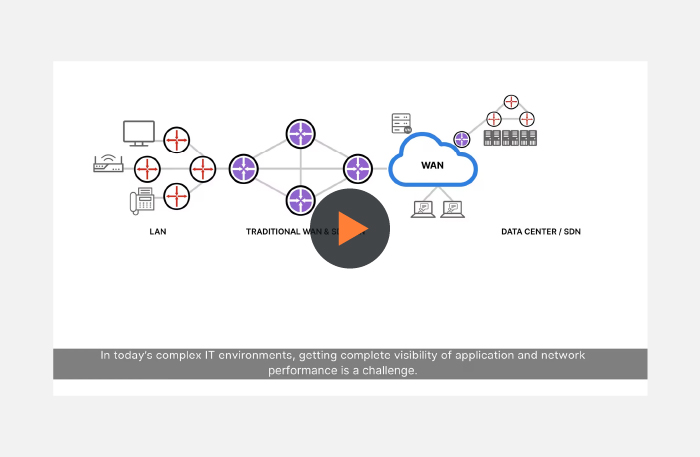
To gain a complete understanding of the various FDDI layer processes and operations, it becomes necessary to explain several detailed internal aspects of FDDI design. We’re going to jump from the high- level view that we’ve been taking and dig deep into the station for a very detailed view of the wrapping process. This will force us to discuss interactions between FDDI processes running in the station. The end result is that the ring wraps (or performs some other function.)
The PHY enters the wrap state as a result of an instruction from another process, the Station Management (SMT) process (pronounced by saying the three letters). SMT and PHY can be thought of as department managers in a company. They work together and they talk to each other. Sometimes SMT in one station needs to talk to SMT in another station (like the department manager in manufacturing calling the department manager at a vendors sales office – different companies; different computers). Now, SMT has a number of “employees” that work for it. Together they form the management department inside an FDDI device. Each employee in the SMT department has a specific job description:
RMT (FDDI Ring Management) is responsible for the MAC circuitry.
CMT (Connection Management) supervises three other employees in a departmental workgroup. These three are:
- ECM – Entity Coordination Management
- PCM – Physical Connection Management
- CEM – Configuration Element Management
ECM (Entity Coordination Management) controls an Optical Bypass circuit which allows a station to stop repeating bits and simply make a direct optical connection between the input and output sides of a port. When a station is powered down (and if that station supports an optical bypass mode; not all stations have this feature), the optical bypass allows the ring to remain operational. ECM starts and stops the PCM (Physical Connection Management) process.
PCM (Physical Connection Management) is started (and stopped) by ECM and controls the initialization of port-to- port connections. PCM is the entity that is going to realize that a connection has failed and that the port needs to be wrapped. The reason ECM may stop PCM is that ECM may have a need to put the port into optical bypass mode and, hence, PCM must be told to go on holiday (stop).
CEM (Configuration Element Management) controls the internal data paths inside the FDDI device.
An SMT Agent stands at the front door and receives, interprets, and responds to requests that have been received from other management functions on the network. A network management system would talk to the various SMT Agents in the various devices to provide configuration, control, and monitoring of the devices.
The NNT (Neighbor Notification Transmitter) keeps track of these stations upstream and downstream neighbor address.
An SRF (Status Report Frame) process notifies network management devices when a change occurs in the ring. The SMT variables that are tracked in the device are described in a MIB (Management Information Base) which is a data description structure loaded (or stored in ROM) into a device.
The Processes that Work Together to Make an FDDI Ring Interface
SMT has many workers! They are divided into two categories called frame services and state machines.
Frame Services
1) Interact with the frames on the network
2) Perform neighbor notification
3) Send status information about this station
4) Allow remote configuration of the device
State Machines
1) Initialize the port-to-port connections
2) Oversee the internal configuration of the device
3) Detect faults in the ring
4) Monitor error rates in the repeated data stream
5) Manage the device hardware
A Conceptual Model of an FDDI Station
“The hip bone’s connected to the thigh bone…” Here’s how the layers of FDDI functionality relate to one another.
Making Sense Out of the FDDI Data Link
As you see from the diagram above, the various components of the FDDI ring interface interact to provide all the possible behaviors in the communications process. When you design, implement, configure, troubleshoot, or optimize an FDDI environment you are dealing with these individual components; sometimes on a grand scale, sometimes specifically. This is why we’re going to continue to refer to and study the pieces; sometimes on a grand scale in the larger perspective, and sometimes in specific detail.
It’s important, as you examine FDDI engineering, to keep track of whether you are studying a detailed specific of the engineering standard or a more global picture of device interaction. When we look, for example, at the types of fiber optic cable used to interconnect stations, we’re looking at a more general picture. When we talk about the wavelengths of light specified for each cable type, were down to the detailed description. When you study a protocol analyzer trace file of an FDDI network you are looking at the specific interactions between the various state machines and frame service entities and this is why you’ll need to understand their behaviors.



